Astringent fruits may not be everyone’s favorite at first bite, but their dry, puckering sensation plays an important role in both nature and nutrition. This unique mouthfeel—often described as drying, bitter, or slightly sharp—is caused by tannins, natural compounds that bind to saliva and reduce moisture.
Found mostly in unripe fruits or certain varieties, astringency helps deter animals from eating fruit before it’s ready to be harvested.
But beyond flavor, these fruits offer surprising health benefits. In Ayurveda, the astringent taste is prized for its ability to tone tissues, clear excess mucus, support detoxification, and balance digestion.
Packed with antioxidants like polyphenols and catechins, astringent fruits also help promote healthy skin, improved absorption, and even emotional grounding.
Below is a list of astringent fruits—from the familiar to the exotic:
Barberry 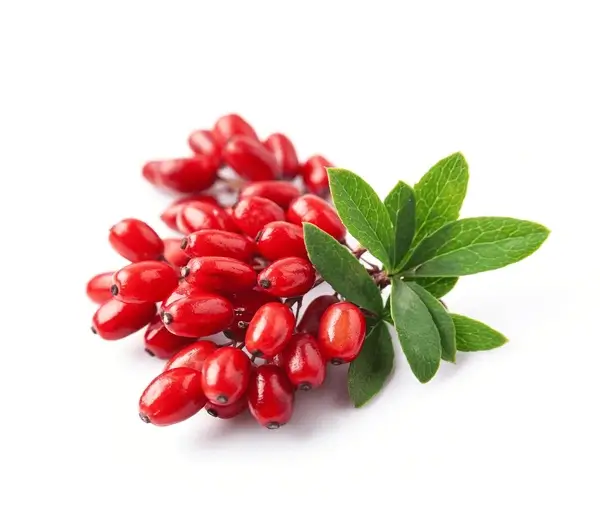 |
Ber (Indian Jujube) 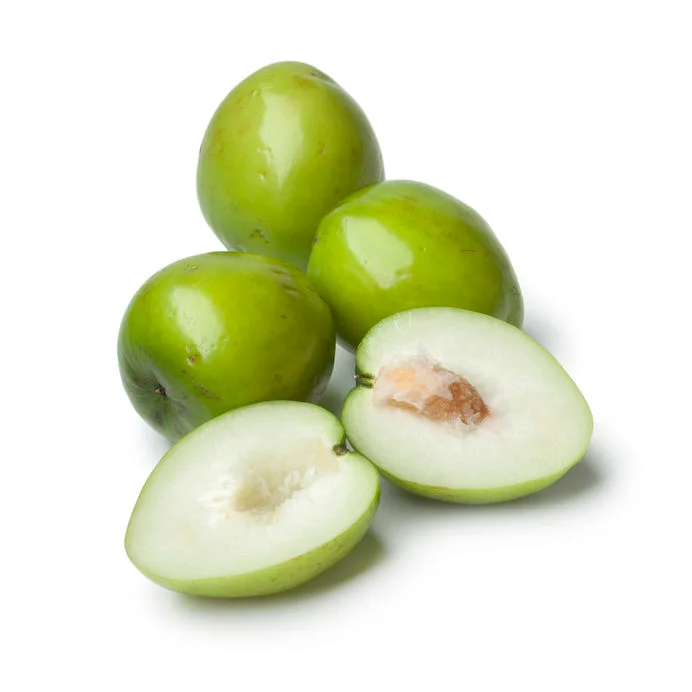 |
Bilberries  |
Blackcurrants 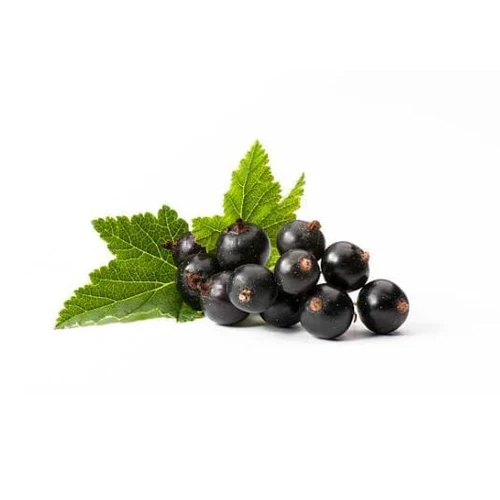 |
Cashew Apple 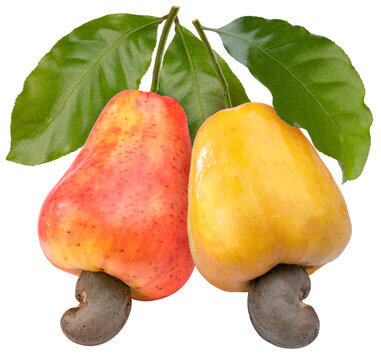 |
Caspian (Wild Medlar) 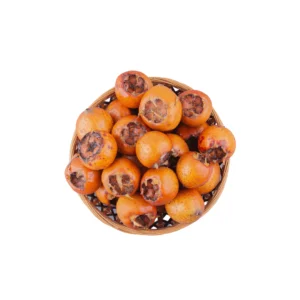 |
Chokecherries 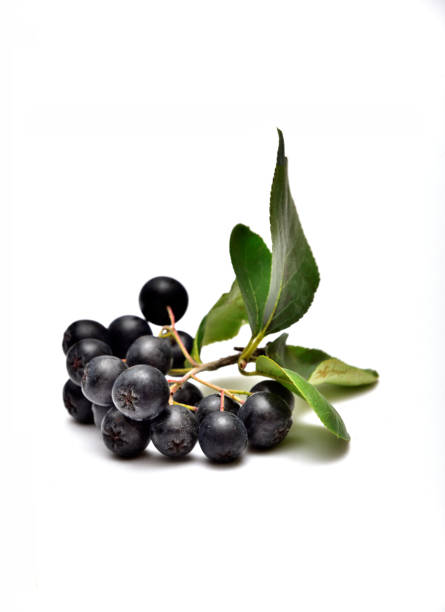 |
Cranberries 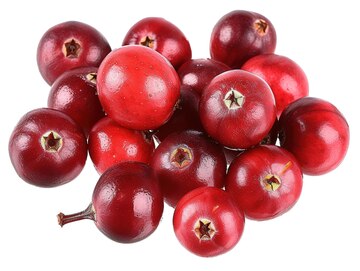 |
Guava 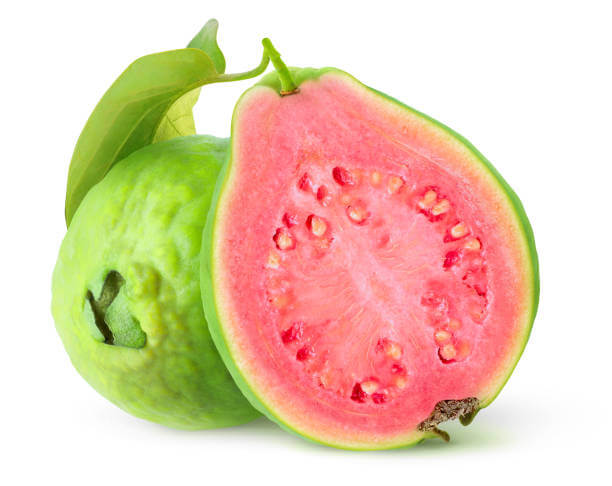 |
Hog Plums 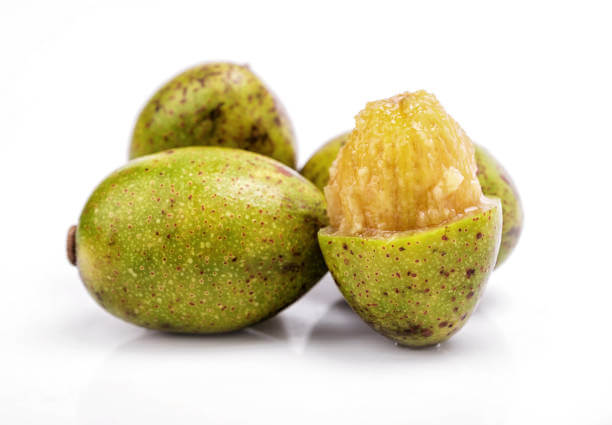 |
Indian Almond Fruit 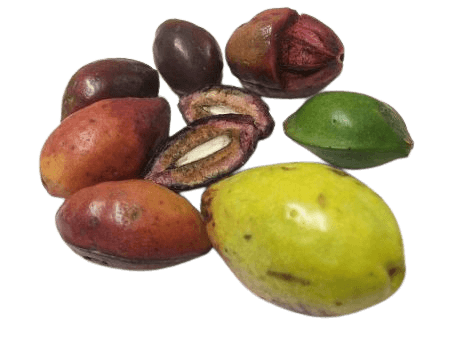 |
Indian Gooseberries 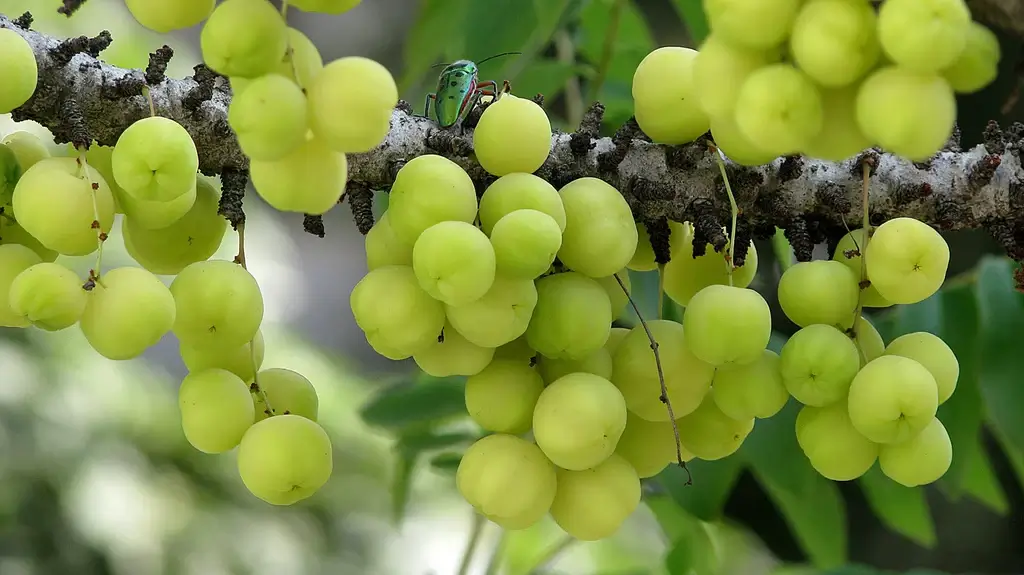 |
Indian Olive 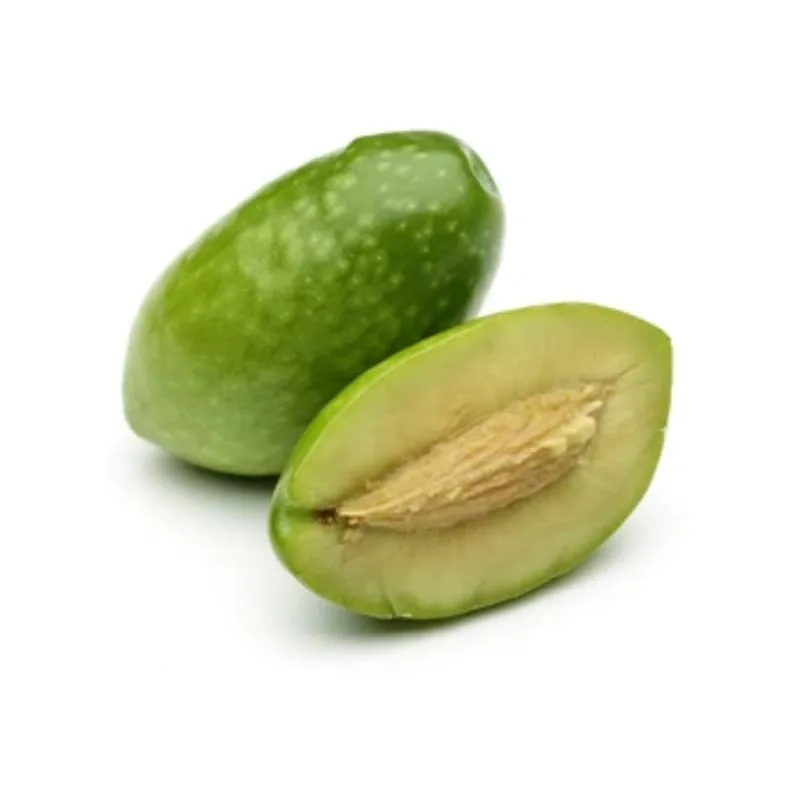 |
Japanese Apricot 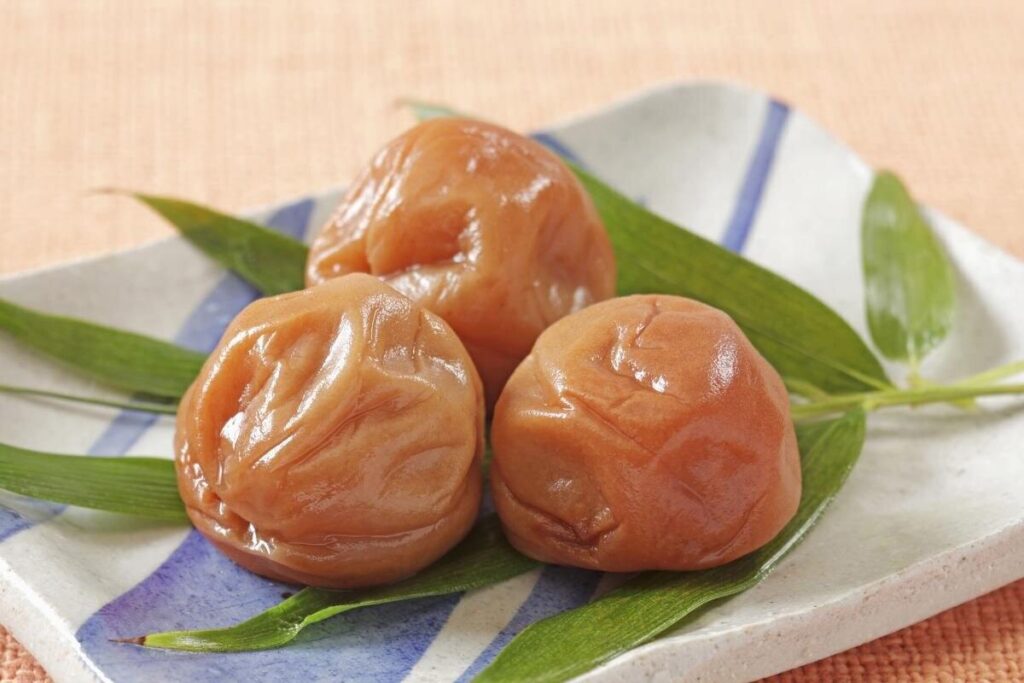 |
Kaffir Lime 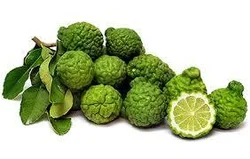 |
Kakadu Plum 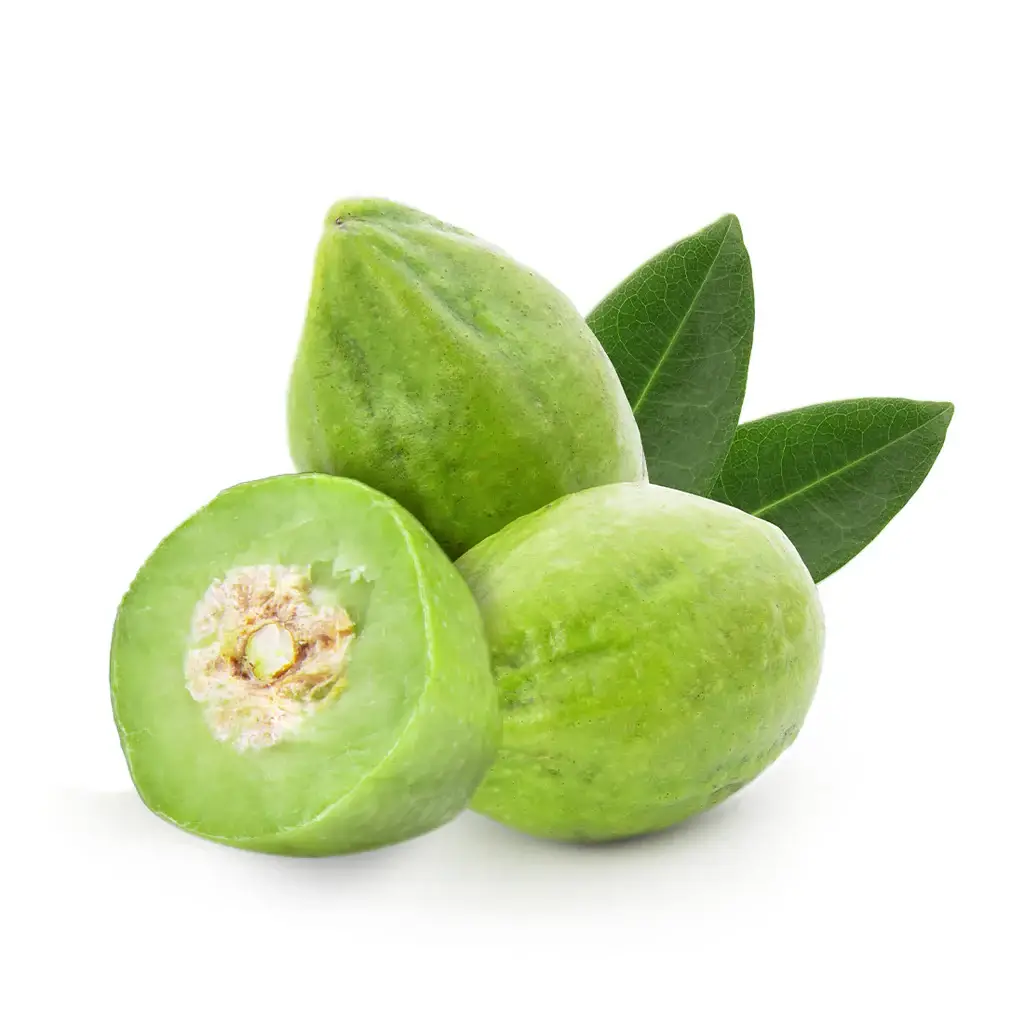 |
Lotus Fruit 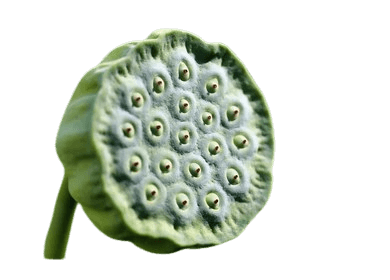 |
Serviceberry 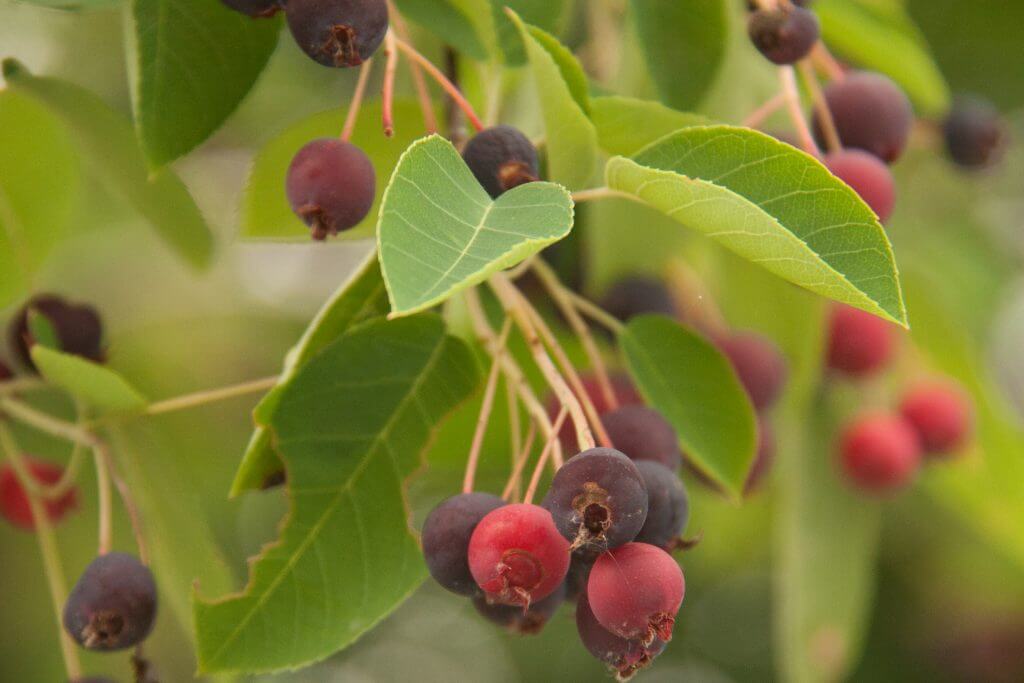 |
Mabolo (Velvet Apple) 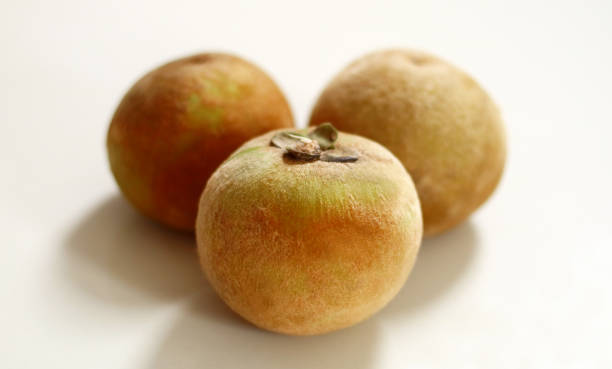 |
Mamoncillo 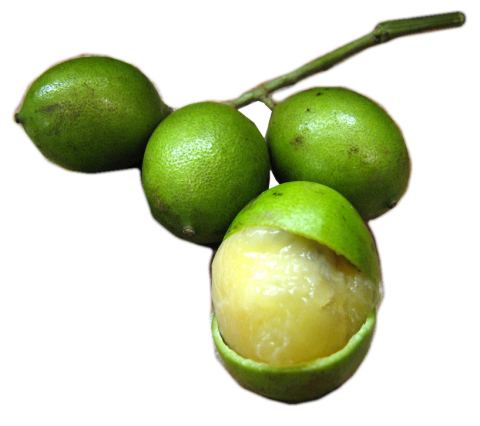 |
Mulberries 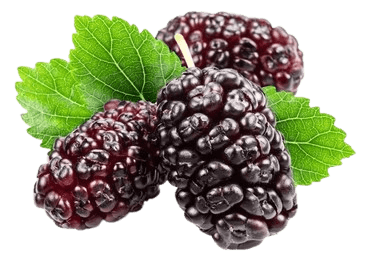 |
Pomegranates 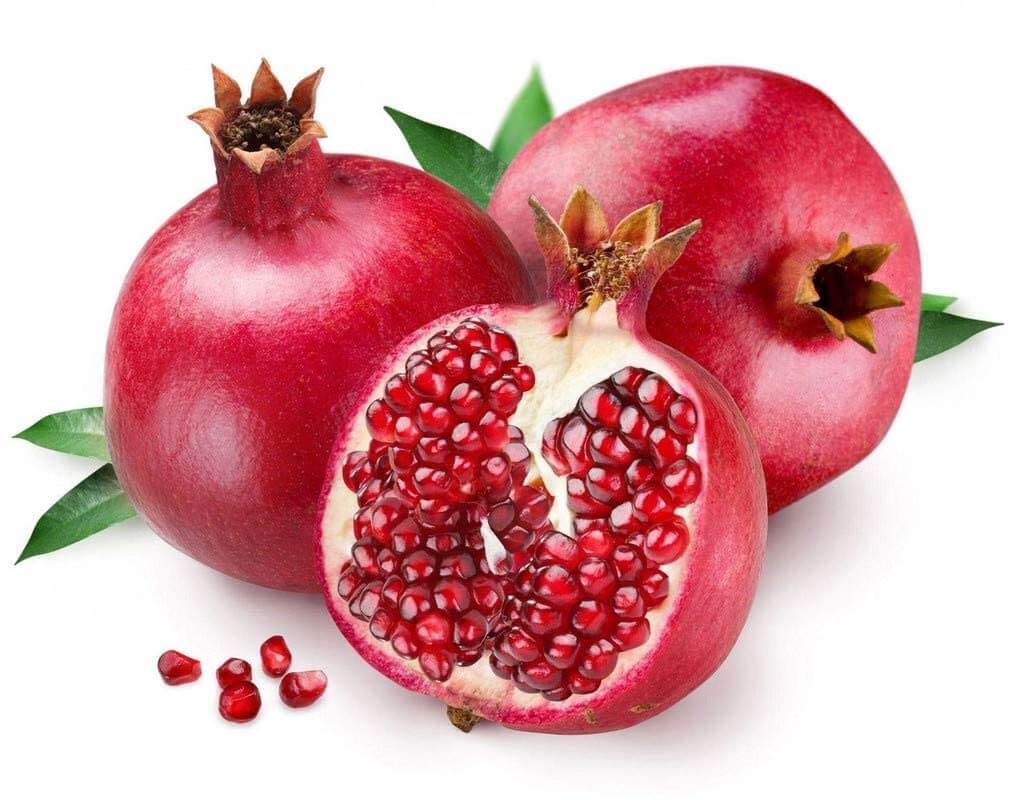 |
Quinces 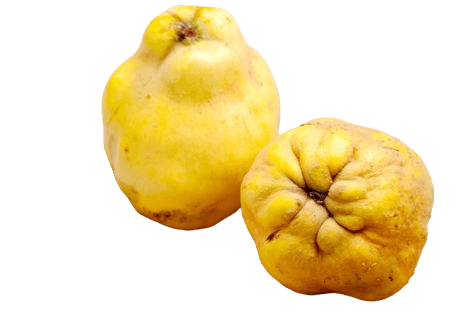 |
Rose Hips 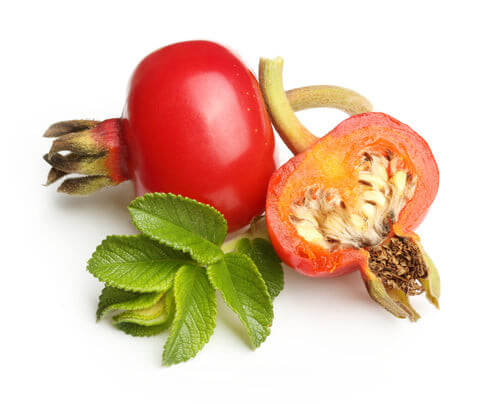 |
Rowan Berries 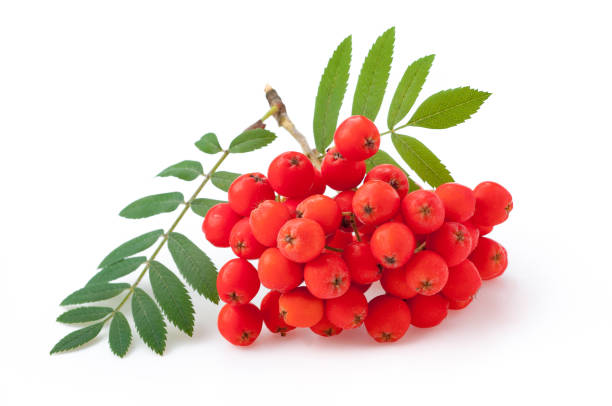 |
Sloe Berries (Blackthorn 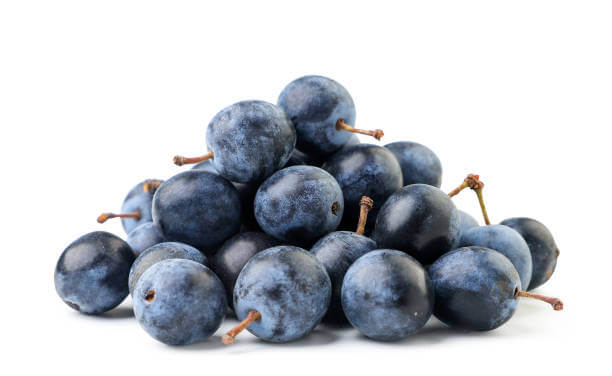 |
Tamarind 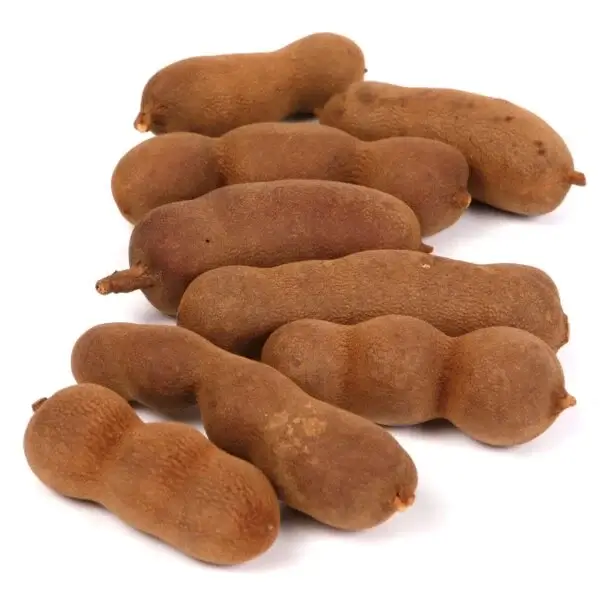 |
Unripe Bananas 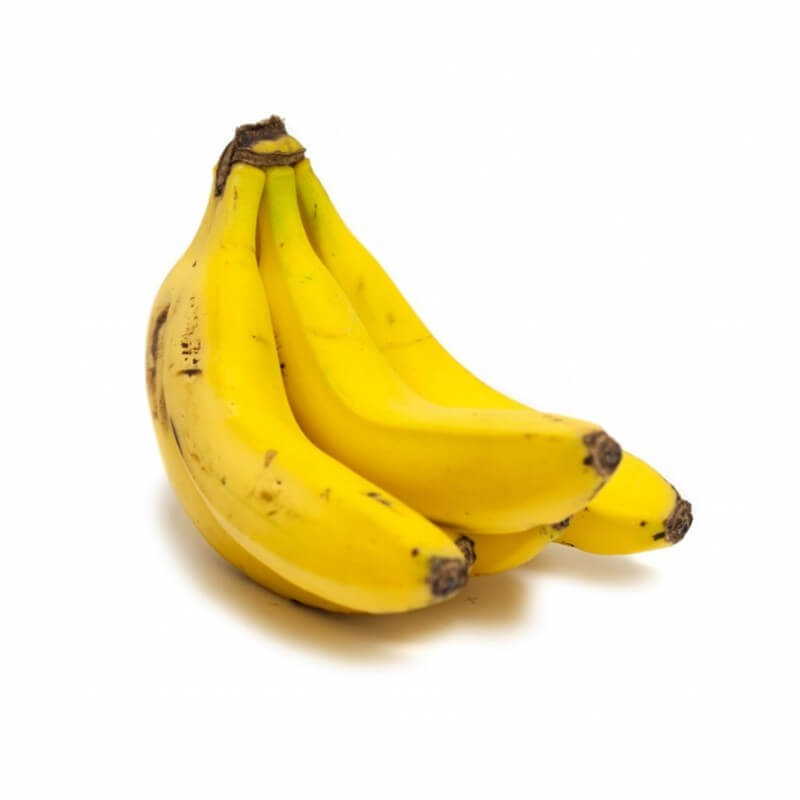 |
Unripe Grapes 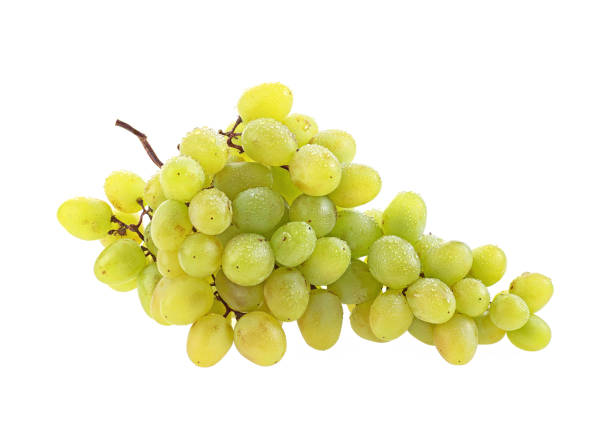 |
Unripe Persimmons 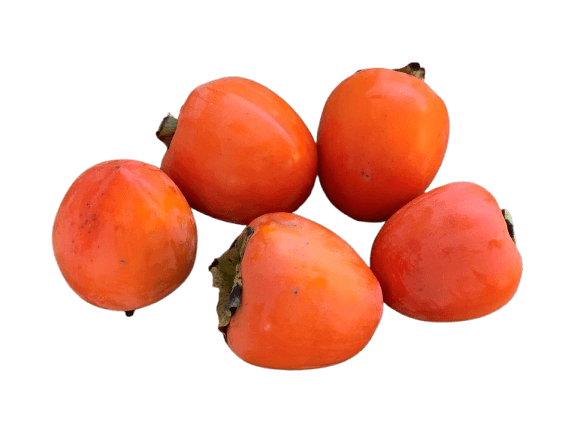 |
Wild Apples 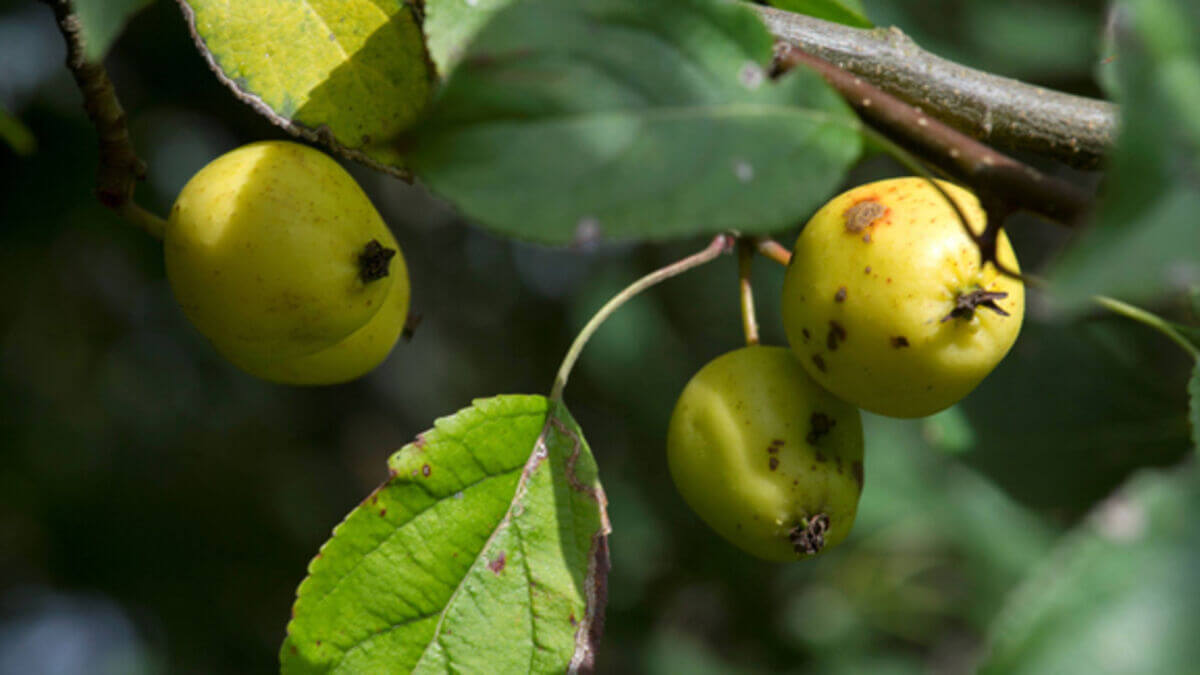 |
Wild Figs 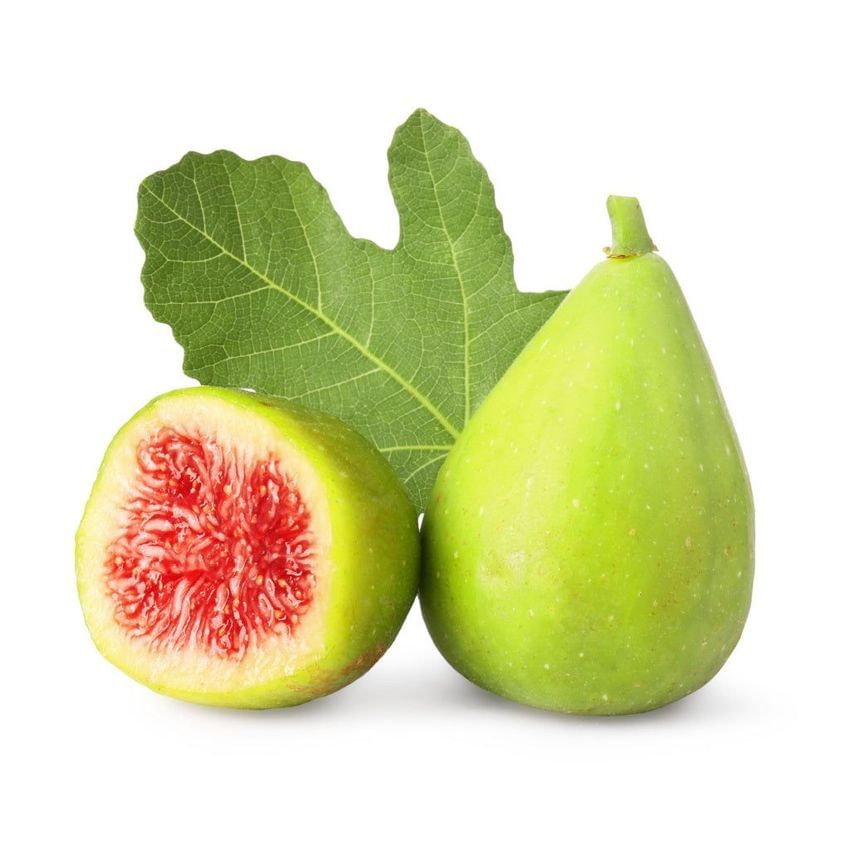 |
Wild Huckleberries 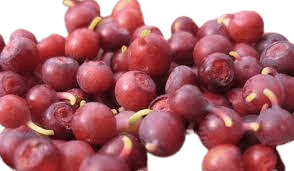 |
List of Different Types of Astringent Fruits
- Barberry (Berberis): Bright red berries with a sharp sour-astringent taste; used in Persian cuisine.
- Ber (Indian Jujube, especially unripe): Has a chalky astringency before softening into a sweet-tart flavor
- Bilberries: Similar to blueberries but with a slightly more tannic, astringent finish.
- Blackcurrants: Often tangy and slightly astringent, especially when not fully ripe.
- Cashew Apple: Astringent and juicy, with a sharp, bitter edge despite its bright, sweet aroma.
- Caspian or Wild Medlar: Must be “bletted” (allowed to soften after picking) to reduce harsh astringency.
- Chokecherries: Named for their intense astringency; usually made into jelly or syrup.
- Cranberries: Naturally tart and astringent, which is why they’re rarely eaten raw without sweetening.
- Guava (especially unripe): The skin and seeds of green guavas have a mild astringent quality.
- Hog Plums (Spondias mombin): Often astringent and tart; used in chutneys or pickled.
- Indian Almond Fruit (Terminalia catappa): Green almond-shaped fruits with bitter-astringent notes.
- Indian Gooseberries (Amla): Strongly astringent with a complex flavor that includes sourness and bitterness.
- Indian Olive (Elaeocarpus serratus / Jalpai): Tangy and astringent; used in pickles and chutneys in South Asia.
- Japanese Apricot (Ume): Very sour and astringent when fresh; often fermented into umeboshi (pickled plums).
- Kaffir Lime (especially peel or unripe flesh): Highly astringent and aromatic; used more for zest than flesh.
- Kakadu Plum: Native Australian fruit with a sharp, sour, and mildly astringent flavor.
- Lotus Fruit (from lotus pods): Unripe seeds and raw pod interiors have an astringent feel.
- Mabolo (Velvet Apple): Southeast Asian fruit with tannic skin and dense, mildly astringent flesh.
- Mamoncillo (Spanish lime): Slightly tart and astringent, especially when not fully ripe.
- Mulberries (some varieties): Red and white mulberries may have mild astringency when under-ripe.
- Pomegranates: The seeds are sweet-tart but the pith and membrane can be quite astringent.
- Quinces: Tough and astringent when raw; typically cooked to reduce bitterness and bring out aroma.
- Rose Hips: The outer shell is mildly astringent; used in teas and syrups after processing.
- Rowan Berries (Mountain Ash): Highly astringent when raw; used in preserves after frost or cooking.
- Serviceberries (Saskatoon berries): Can have a mild astringent aftertaste depending on ripeness.
- Sloe Berries (Blackthorn): Very astringent when raw; often made into liqueurs like sloe gin after processing.
- Tamarind (when underripe): Though often tangy, it can also have an astringent note before full ripeness.
- Unripe Bananas: Green bananas contain tannins that make them slightly bitter and drying.
- Unripe Grapes: Astringency is common in wild or underripe grape varieties.
- Unripe Persimmons (especially the hachiya variety): Extremely astringent when unripe, causing intense dryness in the mouth. Ripening softens both the texture and the tannins.
- Velvet Tamarind: African fruit with dry, powdery, astringent pulp inside a thin shell.
- Wild Apples or Crabapples: Many wild or heirloom varieties are tannic and puckery when raw.
- Wild Figs (especially unripe or skin-on): Some varieties have a latex-rich, bitter skin that’s astringent raw.
- Wild Huckleberries: Some species have a tannic aftertaste, depending on soil and maturity.
Of course, this isn’t an exhaustive list of every astringent fruit found around the world. Wild varieties, local specialties, and seasonal hybrids continue to add to the diversity—each with its own level of mouth-drying character and hidden nutritional strengths. Yet whether they’re cooked, fermented, or enjoyed once fully ripe, astringent fruits remind us that not all flavor experiences are meant to be sweet or soft. Sometimes, the sharp, drying edge of nature carries its own quiet wisdom—toning the body, sharpening the senses, and offering balance in every bite.
